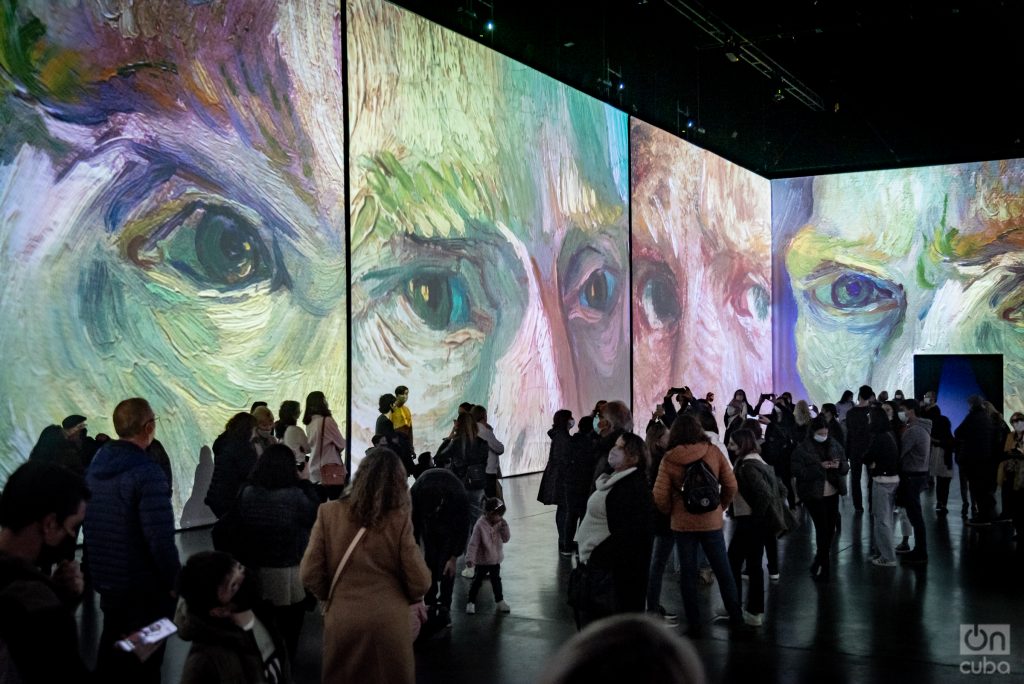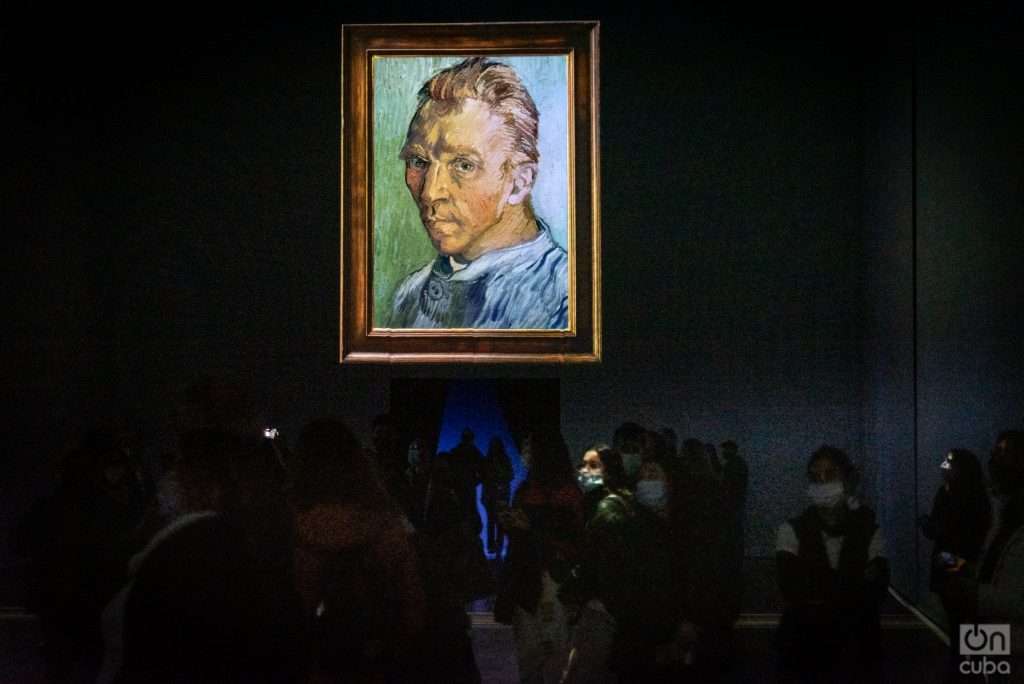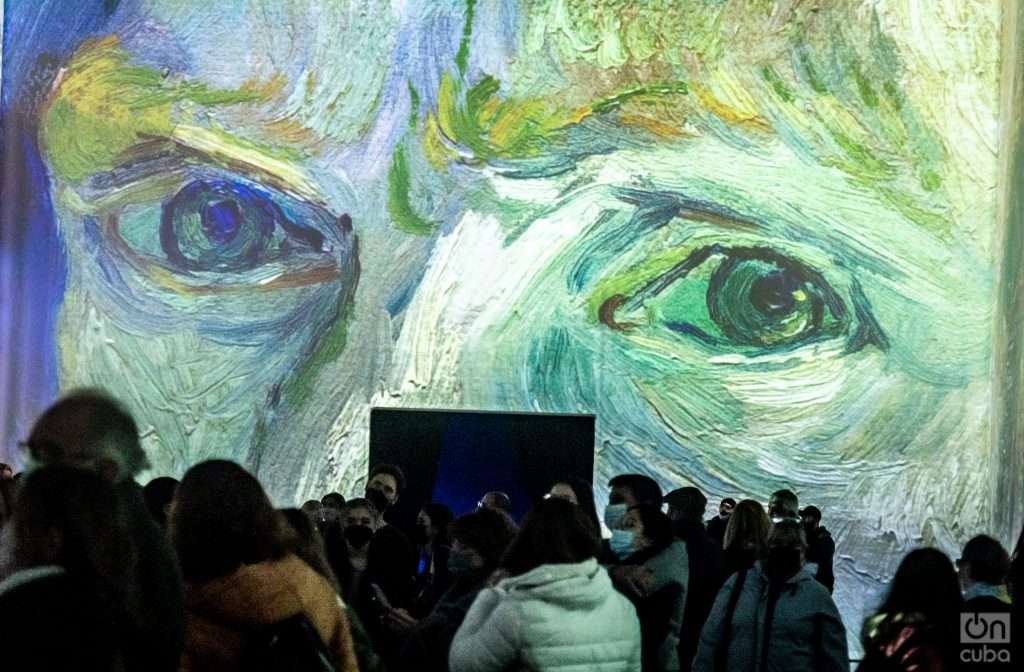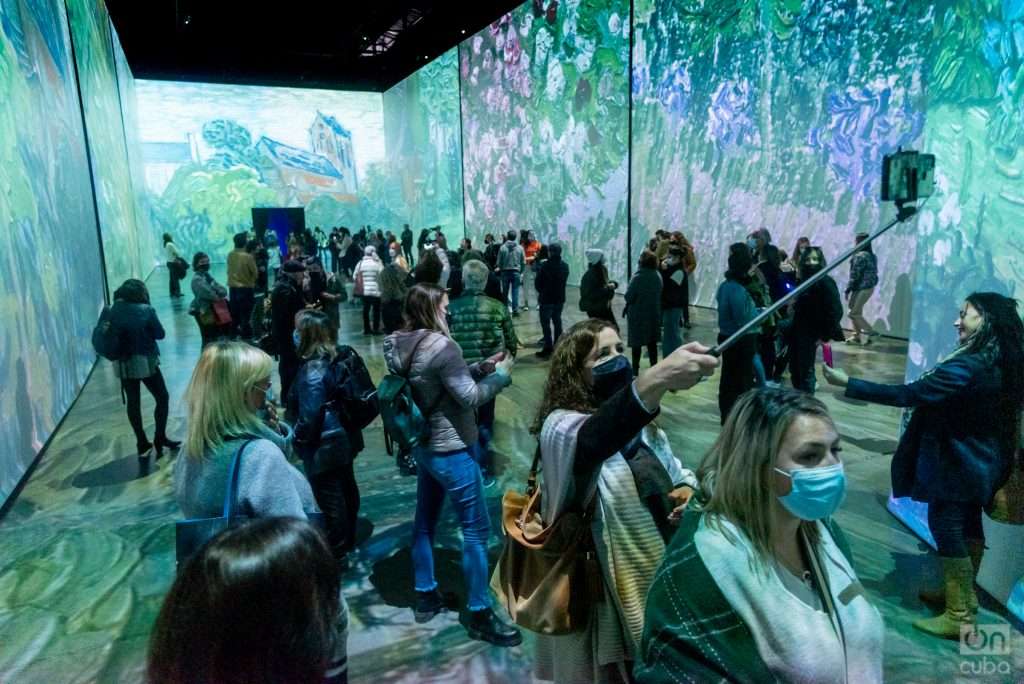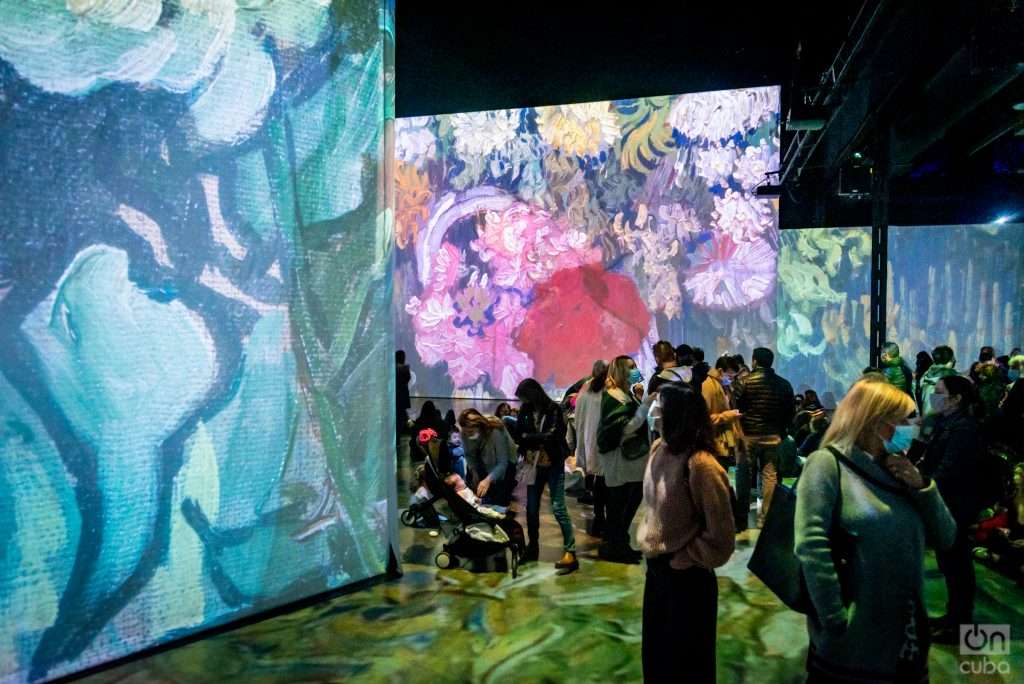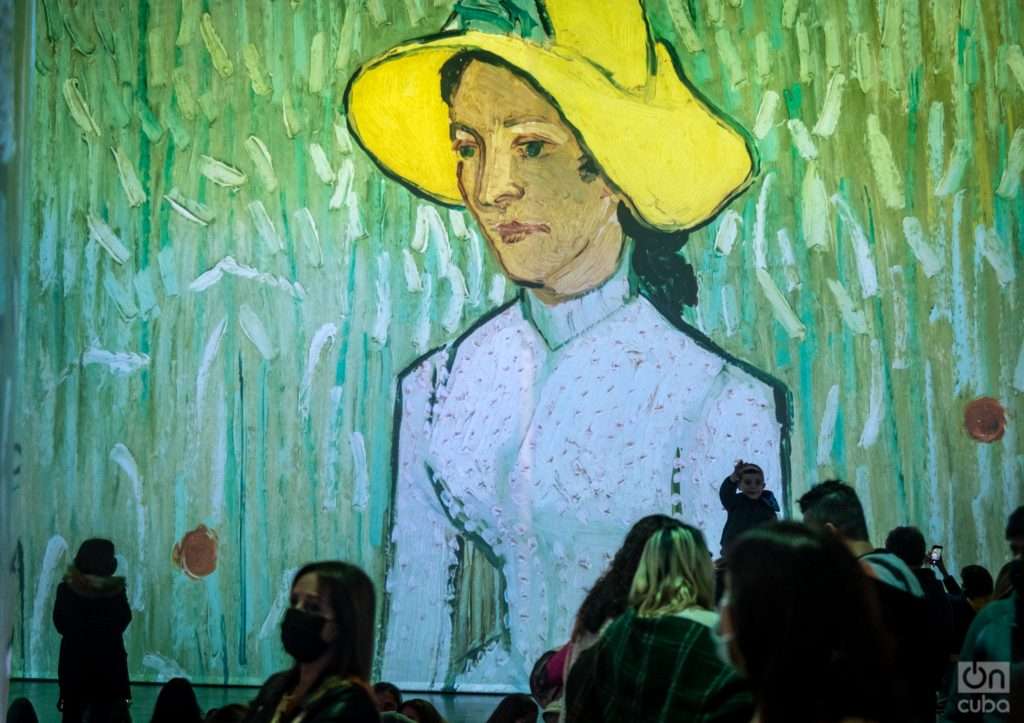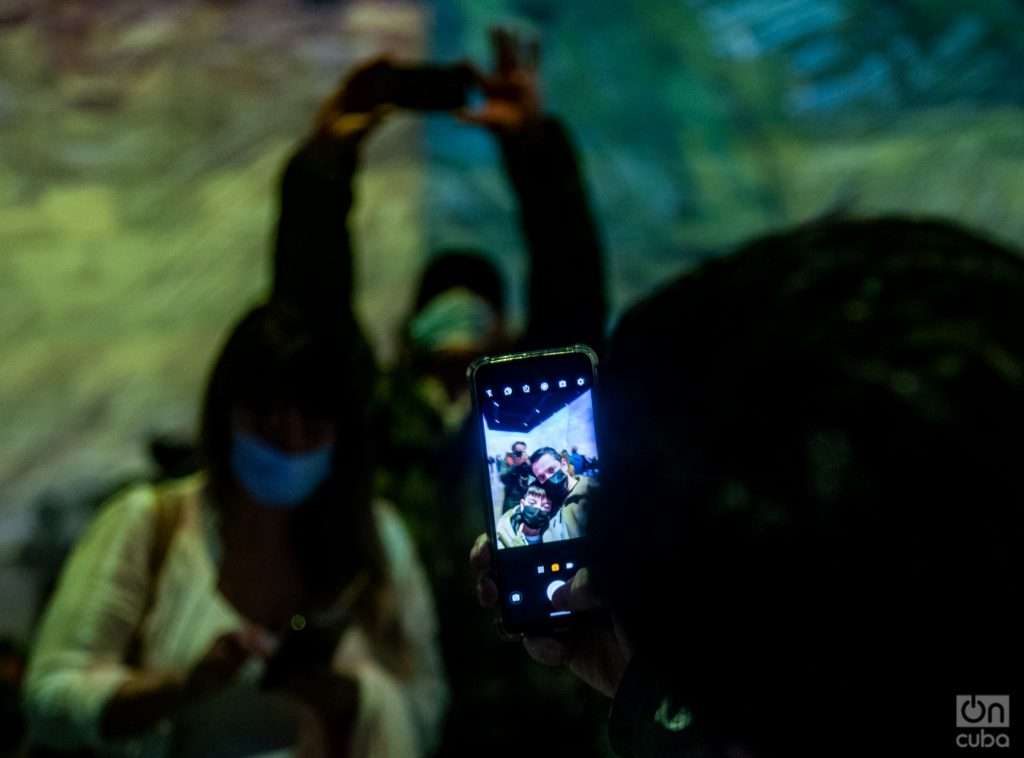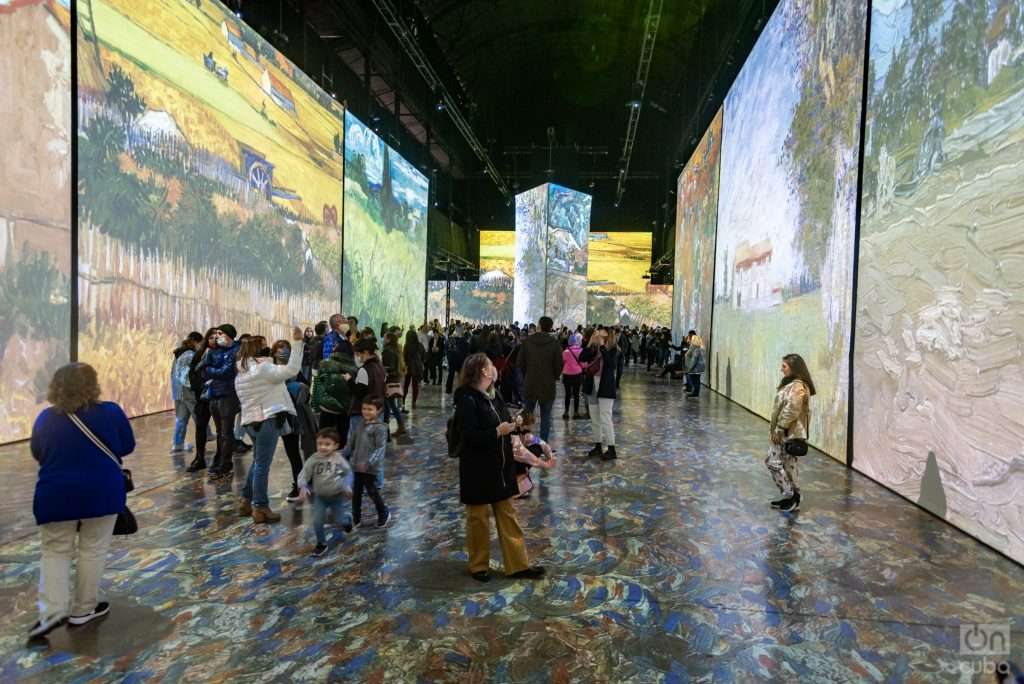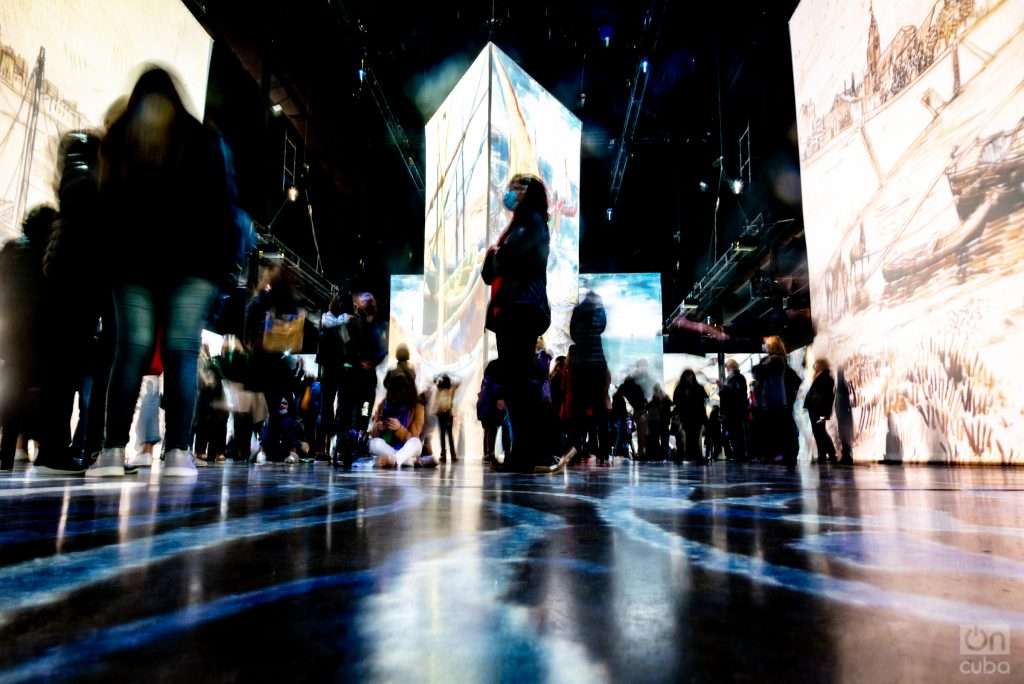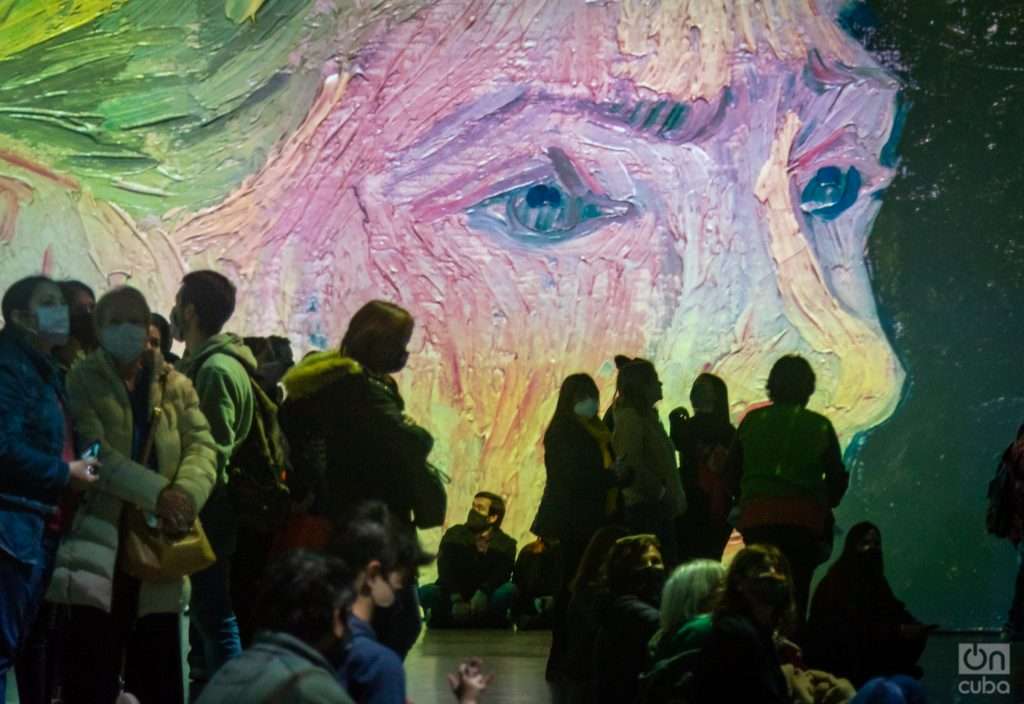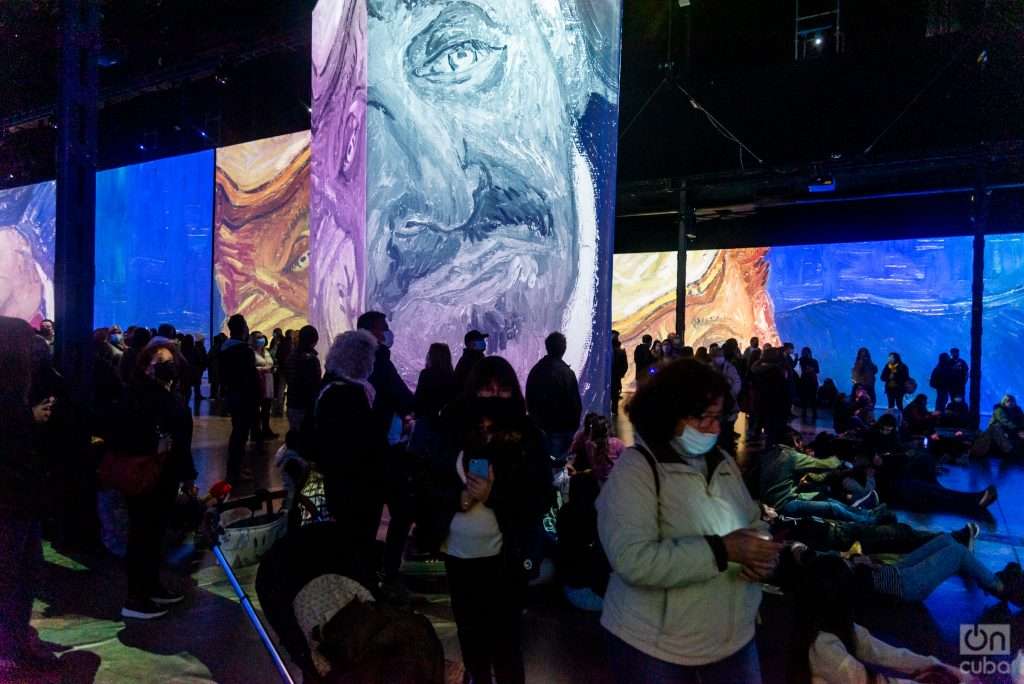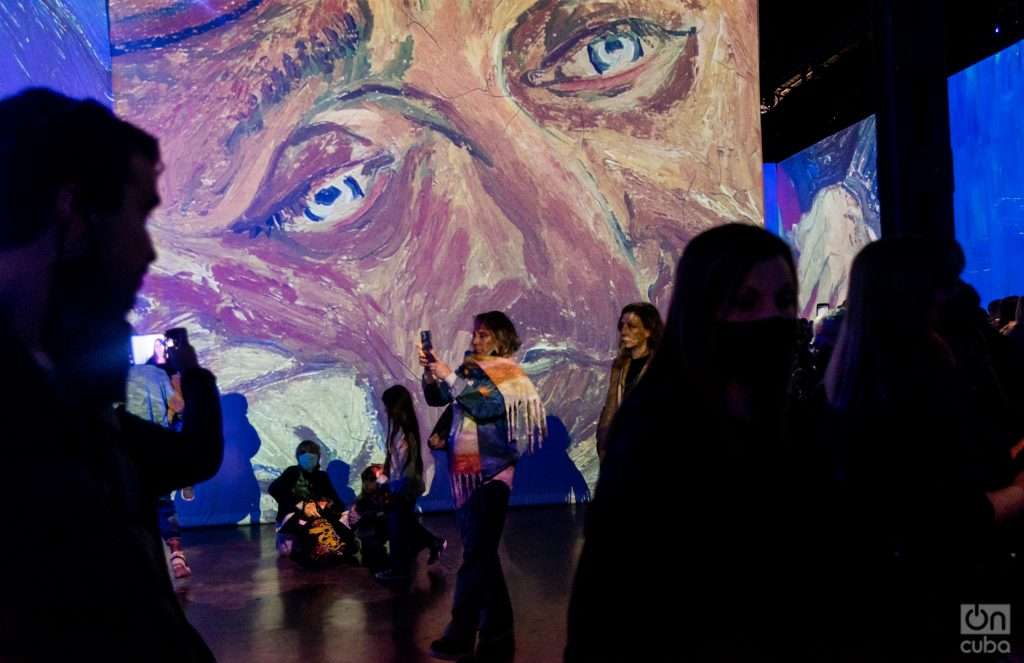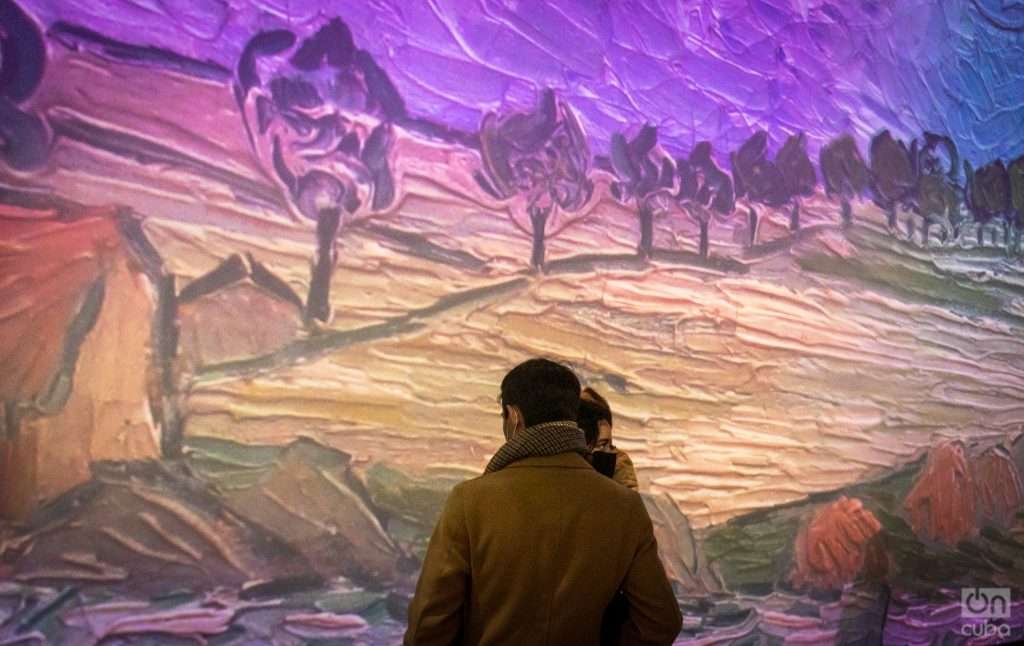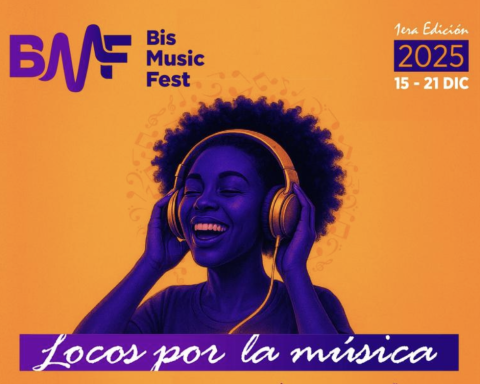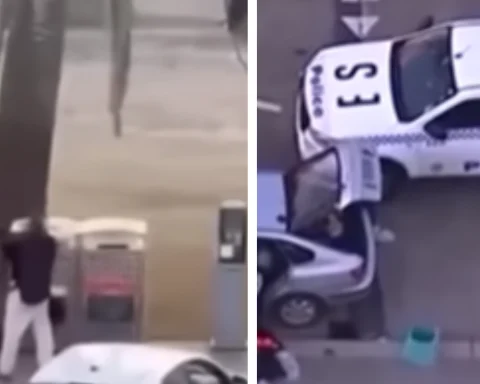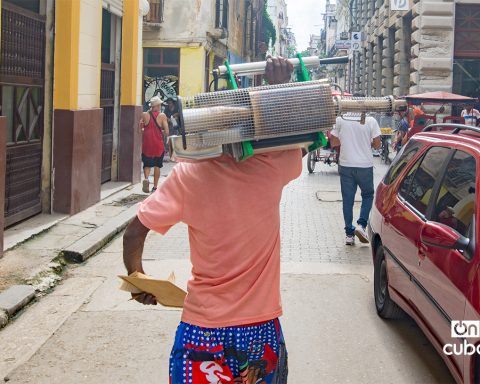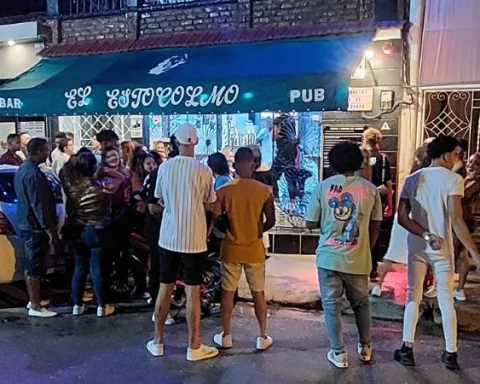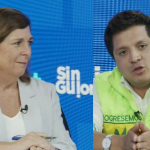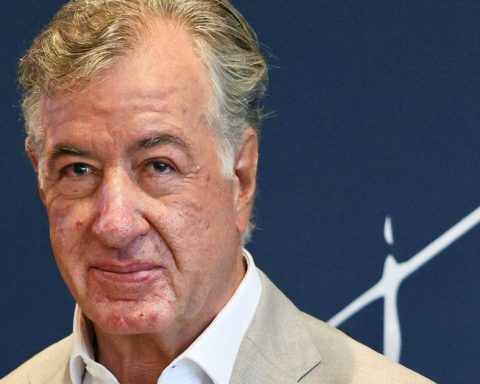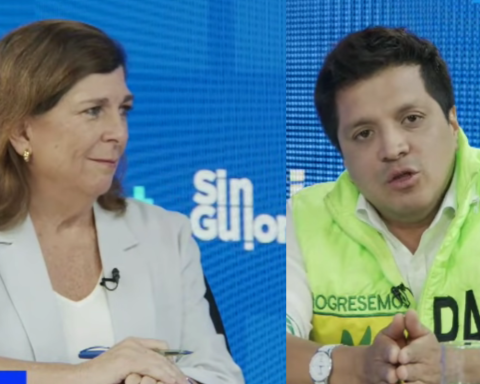More than a century after the death of post-impressionist painter Vincent Van Gogh, his work travels the world thanks to new technology. It is an itinerant exhibition called “Imagine Van Gogh”, where attendees have the unique opportunity to immerse themselves in vigorous brushstrokes and become intoxicated with an intense palette of colors.
The mega-exhibition reproduces 200 works by the Dutch genius through the projection of three thousand images on the floor, columns and eight-meter-high canvases that cover the walls. For half an hour we can attend an immersion in the universe vangoghian nuanced by fragments of classical music.
The exhibition focuses on the last two years of Van Gogh’s life when, in 1888, he moved to Arles, in the Provence region of southern France. It is that stage, perhaps, the most well-known creative and productive period of his. It was also the time of several psychotic episodes that led him, in 1890, to shoot himself and die after two days of agony. He was 37 years old.
Among the reproductions that make up “Imagine Van Gogh” stand out several self-portraits, drawings, sketches and the paintings “Wheat field with cypresses”, “Lilies”, “The starry night”, “The Olive Trees”, “The Arles bedroom”, “Almendro en Flor” and “El sembrador”. The originals of these paintings are distributed between the Van Gogh Museum, in Amsterdam; the MoMa and the Met in New York; the Musée d’Orsay in Paris and the National Gallery of Art in London.
But this is more than an exhibition about the work of Vicent Van Gogh. It is a staging, a poetic and musical script of part of his life through the large-scale reproduction of his paintings. In this world, the public ceases to be a passive spectator, who watches with his arms crossed behind his back and in silence. Hence the immersion.
What the concept of immersive art pursues is to detach itself from the elitist and embrace art and mass entertainment as a category. It is a novel look that even includes a spectacular way of presenting the work. It is linked to technology. That is why immersive is heir to techniques such as mapping, animation, virtual reality and augmented reality.
“Total Image” is called the technological concept used for “Imagine Van Gogh”. The creators of this wonder are Annabelle Mauger and Julien Baron.
On what this technique consists of and its anchoring in this innovative exhibition, Mauger herself, also curator of the exhibition, recently detailed in an interview conducted by Télam, the official news agency of the Argentine Republic:
“The Total Image technique was created by Albert Plécy in 1977 when he presented Cathédrale d’Images. For me it is interesting to think about the middle ages, when there were no museums and the place where you could see art was the cathedrals. Anyone could enter, it was accessible and even free, even homeless people could do it. In an immersive exhibition, as at that time, anyone can access and understand the message, regardless of educational, social and cultural level. When we talk about this technique we talk about being able to touch the works, the person is directly connected to the painting, and I think that is very important. At the time that Van Gogh decided to be an artist, he was not valued, his genius was not recognized. That genius can be appreciated through this technique because you can see the brushstrokes, at times very intense and direct, and, from a distance, a softer, even sweeter version of the work. The viewer can observe the details but can also look with perspective. This is the way, I believe, to be able to appreciate the two faces of the same artist. And, furthermore, in this exhibition there is no betrayal of the spectator, the works are not altered, they are not modified. In many other immersive shows they do alter the essence of the work, they add movement; here there are connection effects between images, of transition, but the essence is maintained. Viewers come to see the real Van Gogh.”
For his part, Julien Baron, on the exhibition’s website, explains that “Imagine Van Gogh uses advanced multi-projection techniques and surround audio, allowing the viewer to immerse himself deeply in the heart of Van Gogh’s works. 52 high-definition video projectors illuminate twenty screens, revealing the distributed architecture in the immersive space. In this way, the viewer can wander between the images and discover new readings of the painter’s creations, thanks to the originality of his presentation. The music of great composers, such as Saint-Saëns, Mozart, Bach and Satie, reinforces the immersive experience and amplifies the emotional impact of the images tenfold.”
“Imagine van Gogh” has become a global phenomenon since its premiere in Paris in 2019. Since then it has landed in 50 cities around the world and has been seen by more than a million people.
Buenos Aires is the first city in Latin America to host the exhibition.
The expo, as in every city, was adapted to a place previously chosen for its large dimensions. In the case of Argentina, it was the Pabellón Frers of the La Rural property. From Europe, 17 containers and pallets arrived by plane with the projectors, computers, electronic devices and other technical supplies. The assembly lasted three weeks. 1,200 square meters of screen and 48 high-definition projectors were used. A technical team made up of thirty professionals from different countries were in charge of the entire assembly, calibrating colors and contrasts of the videos, ambient lighting and the precise decibels of the sound that comes out in stereo from each screen, among other aspects.
“Imagine van Gogh” in Buenos Aires was inaugurated in February. Prior to its opening, more than 150,000 tickets had already been sold. After five months in operation, on Sunday, July 31, the exhibition says goodbye to the Argentine capital and continues its itinerary around the world. During its stay in gaucho lands, the exhibition has been visited by more than 300,000 people.
This exhibition transmits endless sensations and actions that could well be summed up with one of the lines written by Vincet van Gogh himself in his last letter to his brother Théo, which he never managed to send because the painter carried it in a pocket of his jacket that July 29, 1890 when he shot himself in the chest, in the middle of a wheat field in Auvers sur Oise. In the letter you can read: “(…) the truth is that we can only make our paintings speak.”
